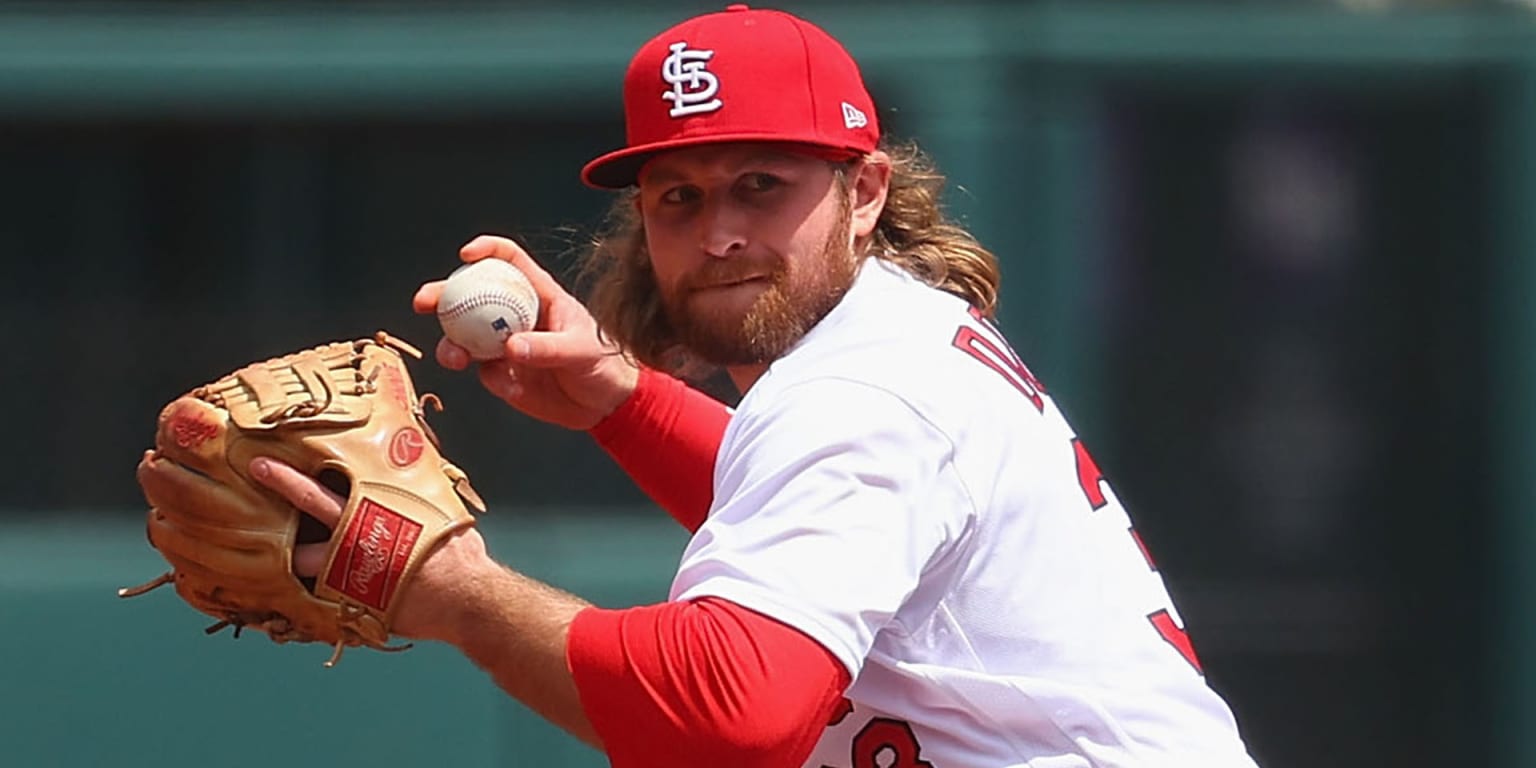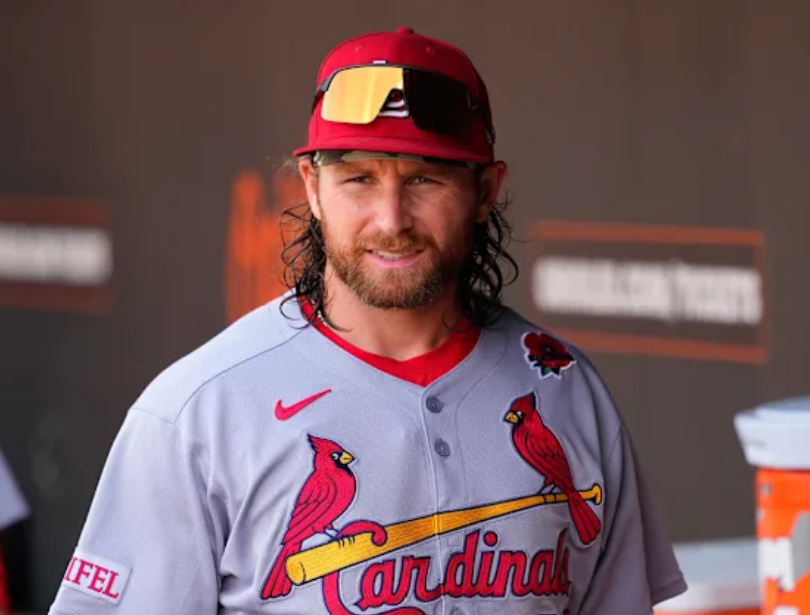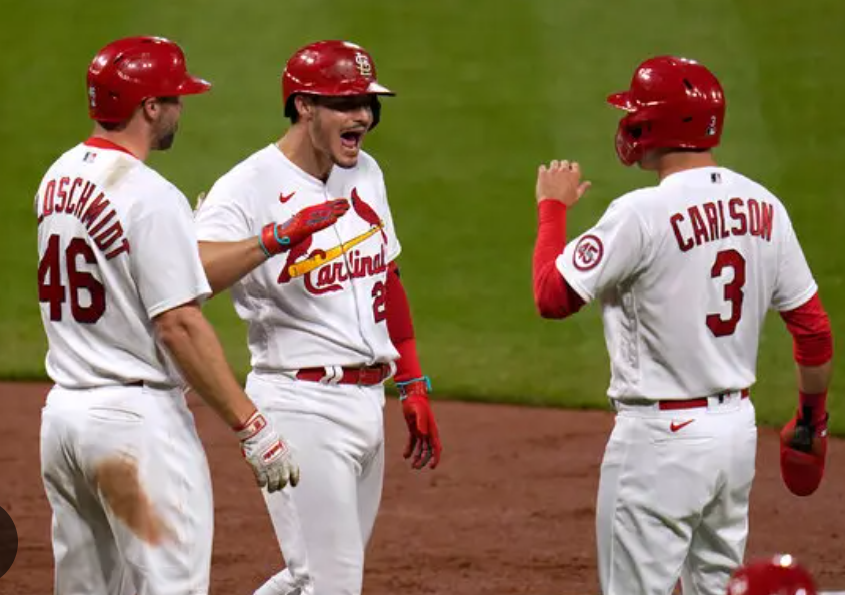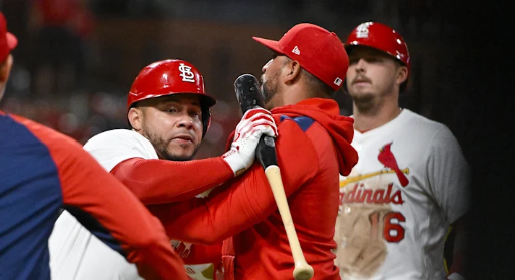The St. Louis Cardinals are entering a pivotal offseason, and one of the most significant decisions they face centers around Brendan Donovan. Fresh off an All-Star season, Donovan has emerged as one of the team’s most valuable assets — not only for what he brings on the field but also for the trade value he now commands.
As the Cardinals attempt to redefine their roster and chart a new path forward, whether they choose to build around Donovan or trade him for future pieces could signal the organization’s broader intentions.
Donovan was one of the few consistent performers in a disappointing 2025 campaign for the Cardinals. His versatility — playing all over the infield and even outfield — and strong offensive production have made him a key piece of the current core. He posted a batting average near .283 with a .351 OBP and displayed excellent contact skills.
Beyond the numbers, his gritty, team-first mentality has made him a favorite in the clubhouse and among fans, making the idea of moving him a difficult pill to swallow for many.

Yet that very consistency and flexibility make him an attractive trade chip. With two more years of team control before free agency, Donovan’s value is arguably at its peak.
For a Cardinals team that has struggled to find pitching depth and is eyeing a long-term retooling, dealing Donovan could net a significant return — especially from contenders looking for a high-floor, low-risk player who can slide into multiple roles.
Complicating the matter is the Cardinals’ current roster landscape. Young players like Masyn Winn and top prospects such as Thomas Saggese or even JJ Wetherholt are pushing for bigger roles, and there’s a growing belief that the organization wants to shift its identity toward a younger, more athletic core.
If that’s the case, Donovan may find himself squeezed out not because of performance, but because of timeline and positional redundancy.

Cardinals president of baseball operations Chaim Bloom, entering his first full offseason with the team, will likely use the Donovan decision as a foundational one. Bloom is known for taking a long view when it comes to roster construction — he did so in Boston — and this could be his first major move that sets the tone for his tenure in St. Louis.
Whether it’s through an extension or a trade, how the team handles Donovan will reveal what kind of rebuild or reset they’re aiming for.
There are strong arguments on both sides. Keeping Donovan gives the Cardinals a proven, reliable veteran who can help steady the ship while younger players develop. His presence in the lineup and in the locker room is a stabilizing force.
On the other hand, trading him now — at peak value — could bring in multiple prospects or young, MLB-ready talent that accelerates the team’s reset and aligns better with a longer-term vision.

There’s also a marketing and morale component to this decision. Donovan is a fan favorite, and dealing him would signal a more dramatic shift away from trying to compete in the short term. It would require the front office to be transparent with fans about the team’s direction. Meanwhile, if they extend Donovan, it would suggest the team believes it can reload quickly rather than tear things down and rebuild from the ground up.
Ultimately, Brendan Donovan’s future with the Cardinals may be less about his abilities — which are unquestioned — and more about how the organization views itself at this critical juncture. Do they trade a proven asset to build for the future, or do they double down on his versatility and leadership as a bridge to the next competitive window? Either way, the decision could define the next phase of Cardinals baseball.




